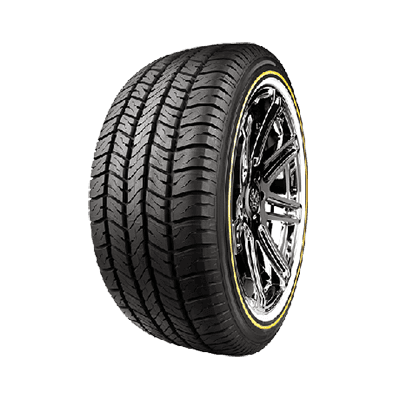
Sep . 16, 2024 13:17
Back to list
Electric Regulating Valve - Precision Control Solutions
Understanding Electric Regulating Valves Functionality and Applications
Electric regulating valves are essential components in numerous industrial systems, providing controlled flow of fluids and enhancing process efficiency. These valves work by modulating the flow based on electric signals, allowing for precise regulation of pressure, temperature, and flow rates. Their use spans various sectors, including water treatment, HVAC systems, and chemical processing.
At the core of an electric regulating valve's functionality is its actuator, which receives signals from a control system and adjusts the valve's position accordingly. This actuation can be either linear or rotary, depending on the design of the valve. Linear actuators are typically used in globe or gate valves, while rotary actuators are common in ball or butterfly valves. The choice of actuator affects the response time and sensitivity of the valve, which is vital for applications requiring rapid adjustments.
One of the primary advantages of electric regulating valves is their ability to provide precise control over fluid dynamics in a system. This precision not only ensures optimal performance but also contributes to energy savings. For instance, in HVAC systems, electric regulating valves can adjust the flow of air or refrigerant, maintaining desired temperature levels without excessive energy consumption. This capability leads to improved comfort for occupants and reduced operational costs for building managers.
electric regulating valve

Moreover, electric regulating valves play a crucial role in the automation of processes. In an industrial setting, these valves can be integrated into a larger control system that monitors various parameters such as flow rates, pressure levels, and temperature. By utilizing real-time data, automated systems can make immediate adjustments through the electric regulating valves, enhancing overall productivity and ensuring safety within the system. This integration is particularly beneficial in processes that require consistent conditions, such as chemical reactions that depend on specific temperatures and pressures for optimal yield.
Maintenance is another important aspect of electric regulating valves. While they are generally reliable, regular checks and calibration are necessary to ensure that they function efficiently over time. Factors such as wear and tear, accumulation of debris, and electrical issues can affect their performance. Periodic maintenance not only prolongs the lifespan of the valve but also prevents unexpected failures that could disrupt operations.
In conclusion, electric regulating valves are integral to modern industrial processes, offering precise control and increased efficiency. Their ability to automate flow regulation enhances productivity, while their energy-saving features make them economically viable. As industries continue to advance towards automation and improved energy management, the significance of electric regulating valves will only grow. Investing in high-quality valves and regular maintenance will ensure that these systems operate smoothly, achieving their intended outcomes effectively. The future of industrial applications looks promising, with electric regulating valves at the forefront of innovation and efficiency.
Next:
Latest news
-
Safety Valve Spring-Loaded Design Overpressure ProtectionNewsJul.25,2025
-
Precision Voltage Regulator AC5 Accuracy Grade PerformanceNewsJul.25,2025
-
Natural Gas Pressure Regulating Skid Industrial Pipeline ApplicationsNewsJul.25,2025
-
Natural Gas Filter Stainless Steel Mesh Element DesignNewsJul.25,2025
-
Gas Pressure Regulator Valve Direct-Acting Spring-Loaded DesignNewsJul.25,2025
-
Decompression Equipment Multi-Stage Heat Exchange System DesignNewsJul.25,2025

